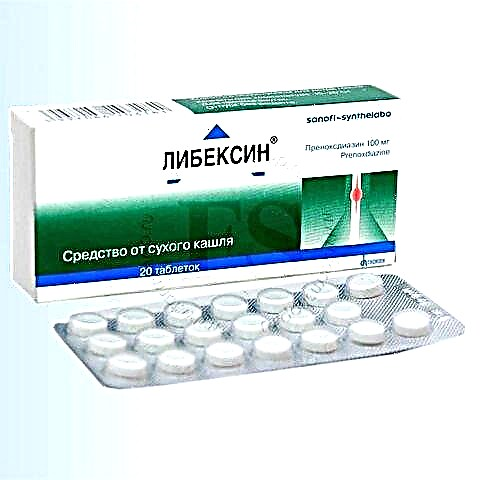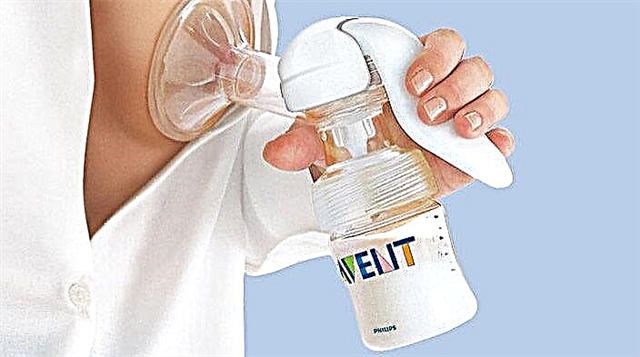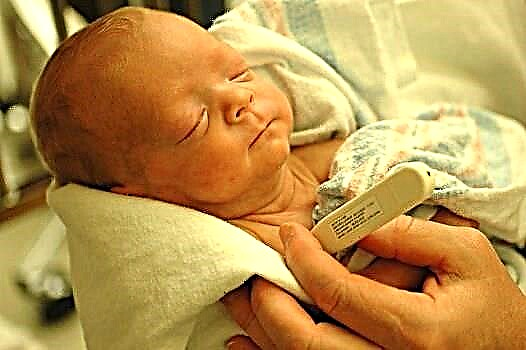
Any problems with a child's heartbeat are alarming and worrying, but parents need to know that some of the rhythm disturbances occur not only in diseases, but also in healthy children. One of these disorders is sinus tachycardia.
What is it
The diagnosis "sinus tachycardia" means a change in the number of heart beats per minute, in which the frequency of contractions increases, but the rhythm remains normal (it is called sinus, since this rhythm comes from the sinus node).
For each age, the number of heartbeats at which they talk about tachycardia will be different, since the rate of heart rate at different ages is different. Tachycardia is an excess of the norm by 10-20% or more.

Causes
The main reason for the appearance of sinus tachycardia is the activation of the sinus node, however, an increase in its automatism may be associated with both non-dangerous physiological conditions and diseases.
Physiological
This group of factors provoking the onset of sinus-type tachycardia include:
- Physical activity.
- Excitement and experience.
- Fear.
- Stay in a stuffy room.
- Emotional stress.
- Temperature difference.
- Increased body temperature.
- Swaddling or examining a newborn.
Pathological
Such causes of sinus tachycardia are associated with heart damage or non-cardiac diseases. Increased heart rate occurs when:
- Damage to the central nervous system.
- Congenital heart disease.
- Myocarditis.
- Acidosis.
- Anemia.
- Dehydration.
- Falling blood glucose levels.
- Disruption of the thyroid gland.
- Tumors of the adrenal glands.
- Obesity.
- Heart failure.
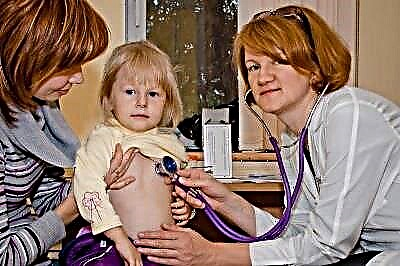
Age
In newborns and children 2-3 years old
The automatism of the sinus node in newly born babies is increased, therefore, short-term episodes of an increase in the number of heartbeats for babies under one year old are considered the norm if such attacks pass on their own without medical intervention.
However, in some cases, the appearance of sinus tachycardia in an infant of 1 year of age is a sign of problems with the myocardium or other organs. Thus, a congenital malformation or a disease of the nervous system can manifest itself.
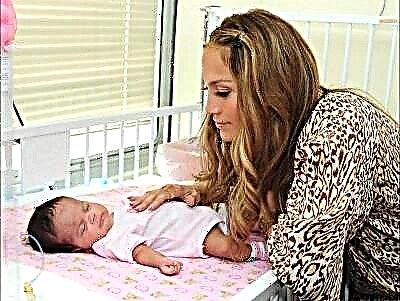
In schoolchildren and adolescents
At the age of 6-7 years and older, sinus tachycardia can be provoked by emotional or physical overload, and acquired heart disease.
In adolescence, the appearance of such arrhythmias is often associated with active growth and hormonal changes.
Among the pathological causes of sinus tachycardia at the age of 10 years and older, iron deficiency anemia and diseases of the endocrine glands are most common.

Symptoms
Tachycardia, which was provoked by physiological reasons, often does not manifest itself in a child with any dangerous symptoms. This mild sinus tachycardia goes away rather quickly and many children do not notice any discomfort.
Tachycardia caused by heart disease can be supplemented by symptoms such as shortness of breath, dizziness, chest pain, severe weakness, and darkening of the eyes. Sometimes there is a loss of consciousness. This clinical picture is called a tachycardia attack. If it lasts more than 10 minutes, it can affect metabolic processes in the heart muscle.
What to do
If tachycardia in a child has arisen as a result of a physiological cause (due to fear, anxiety or physical exertion), as a rule, it quickly goes away on its own and does not require medical intervention.
An attack of tachycardia in children of the first year of life is stopped only with its long duration in order to prevent heart failure.
The occurrence of an attack of sinus tachycardia in schoolchildren or adolescents requires the attention of parents and doctors, as this condition can cause complications.
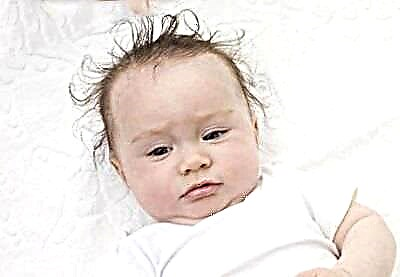
Diagnostics
The easiest way to detect sinus tachycardia is on an ECG, since this study allows you to accurately count the number of heartbeats, and from the changes in the complexes and segments to find out whether the tachycardia is really sinus. To clarify the diagnosis, Holter monitoring can also be used, in which the child's ECG is continuously recorded throughout the day.
To identify cardiac pathologies manifested by tachycardia, the child may be prescribed echocardiography. To exclude extracardiac pathologies in a baby, it is required to pass a general blood test, assess the level of thyroid hormones and make an EEG. From narrow specialists, a child may need to consult an endocrinologist and a neurologist.

Treatment
If a child has an attack of tachycardia, parents should provide the baby with the following first aid:
- Provide oxygen by undoing or removing clothing from the upper torso and opening a window.
- Wash the little one with cool water or apply a cloth soaked in water to the baby's forehead.
- Ask your baby to breathe in and hold his breath for a while.
- Call a doctor, even if the attack has already passed.
Treatment for tachycardia should be prescribed only by a doctor, since it will depend on the cause that provoked the attack.
Prevention
To prevent heart rhythm problems in childhood, it is important to teach your baby a healthy lifestyle. To do this, the baby should have an optimal daily regimen, moderate physical activity, a balanced varied diet, and adequate sleep.

The pediatrician in the next video will tell you more about childhood tachycardia and give some advice to parents who are faced with this ailment.

